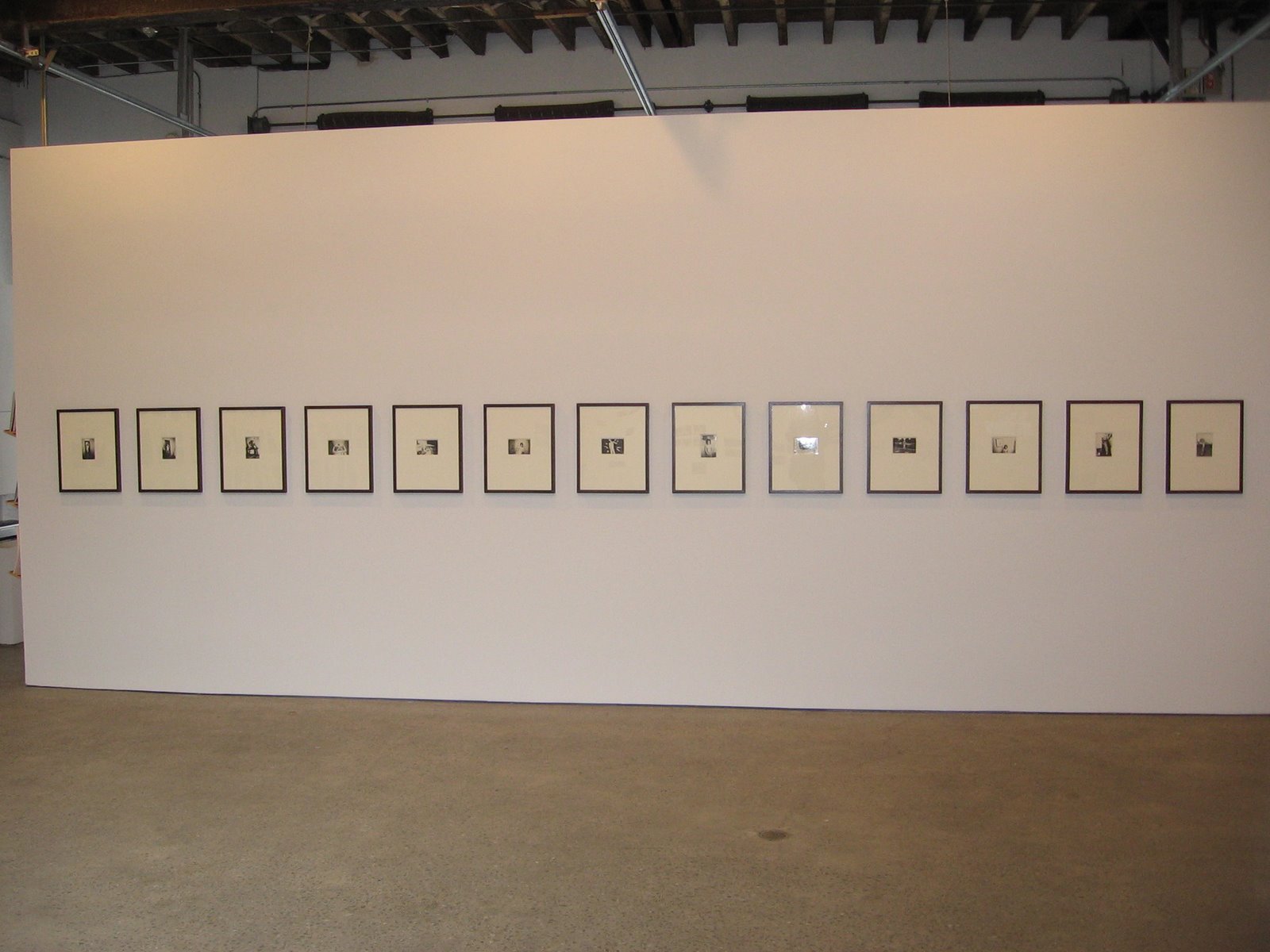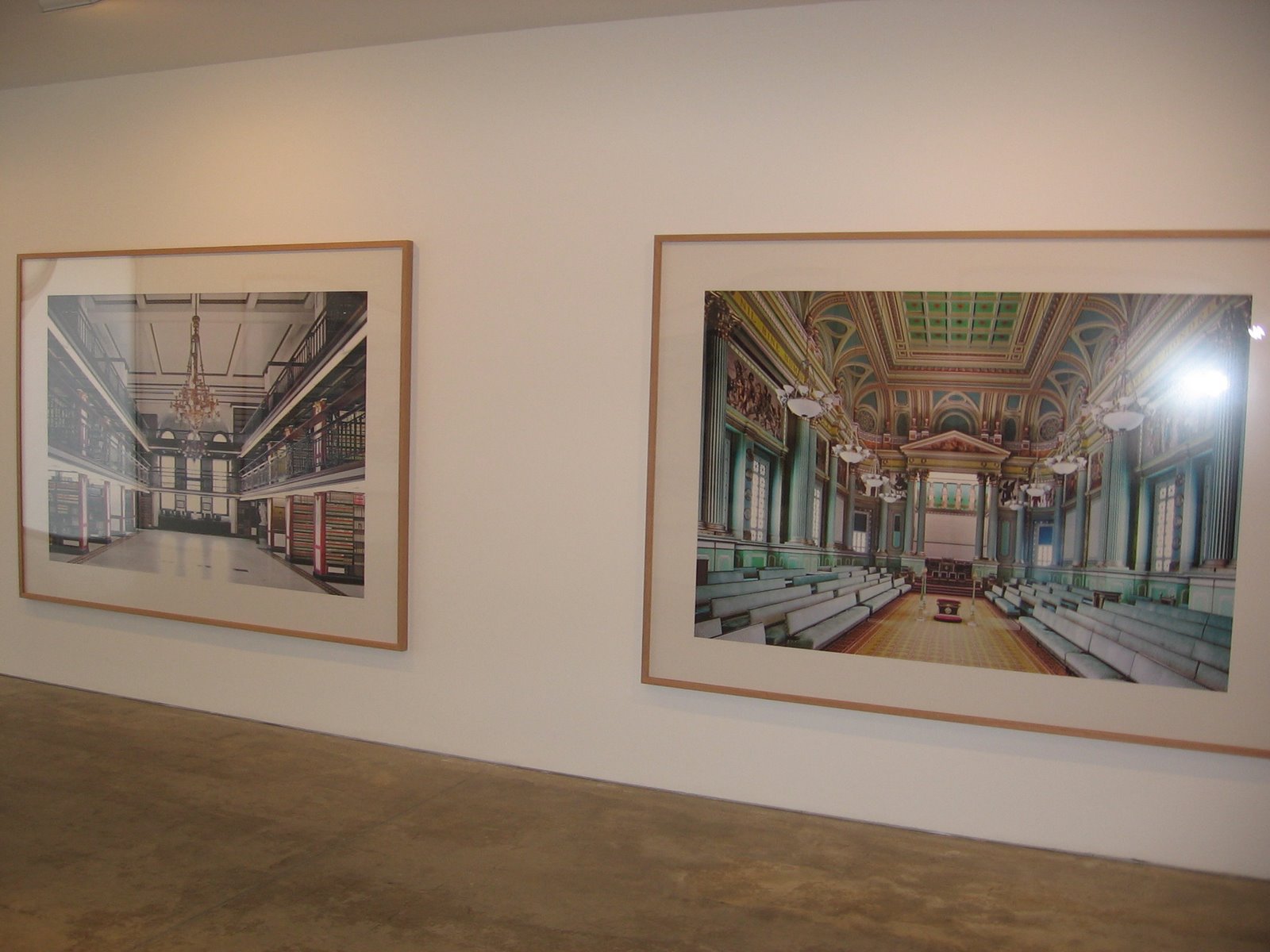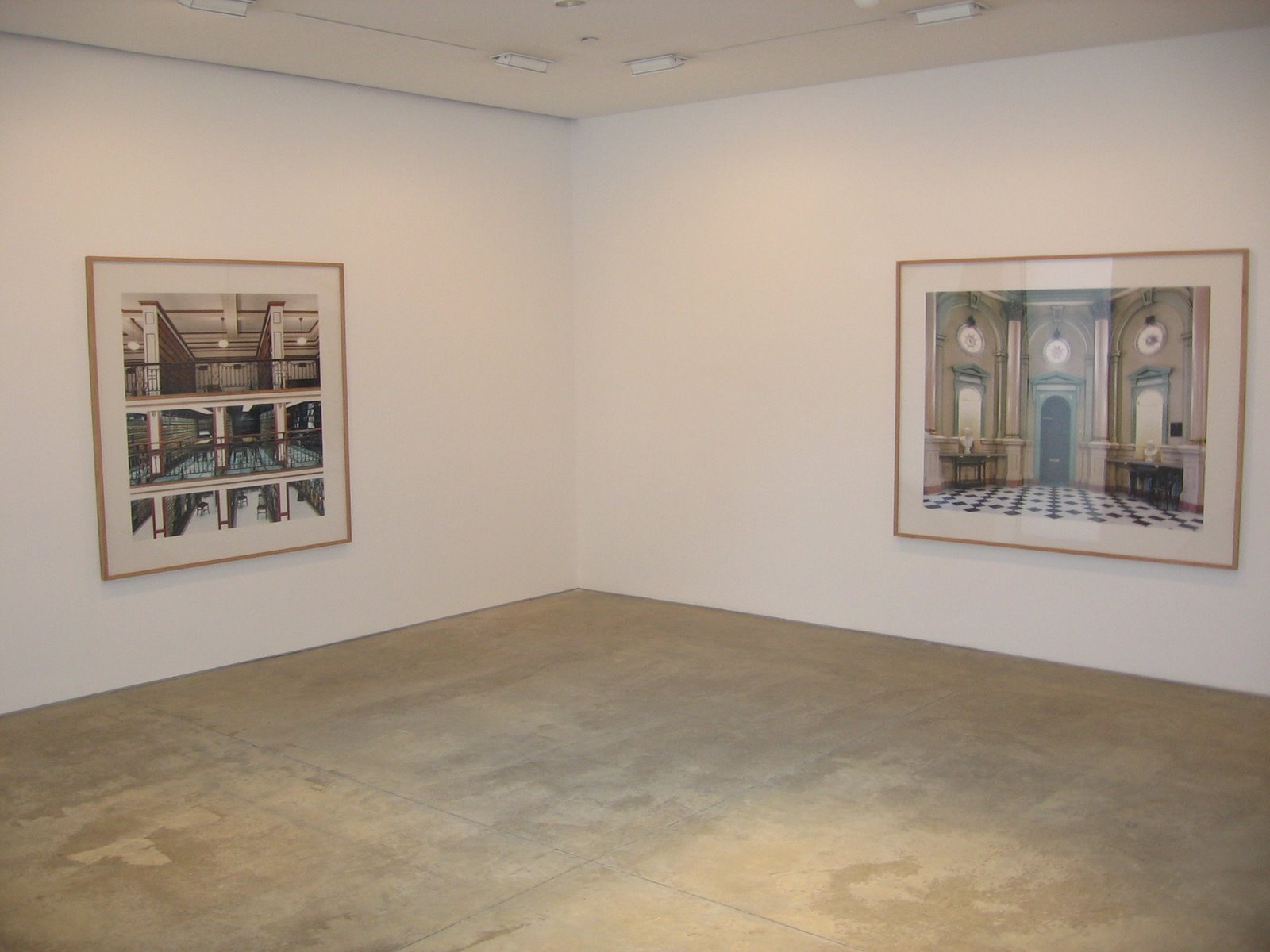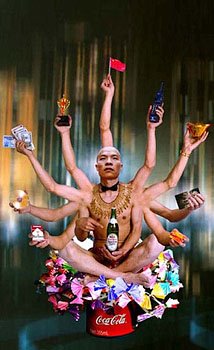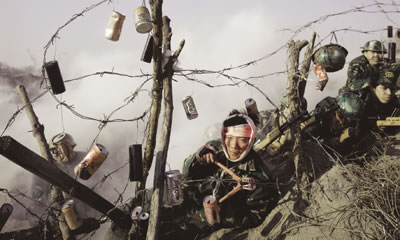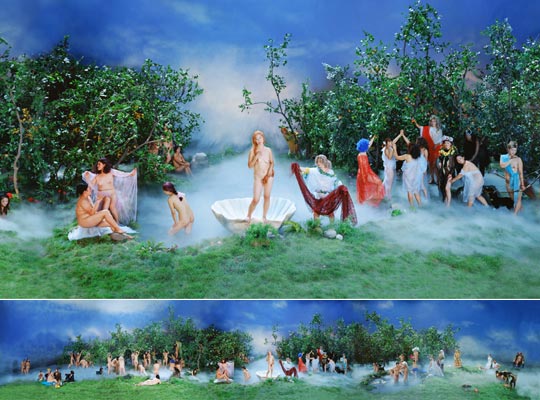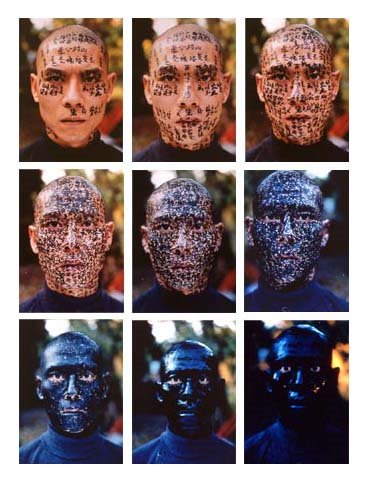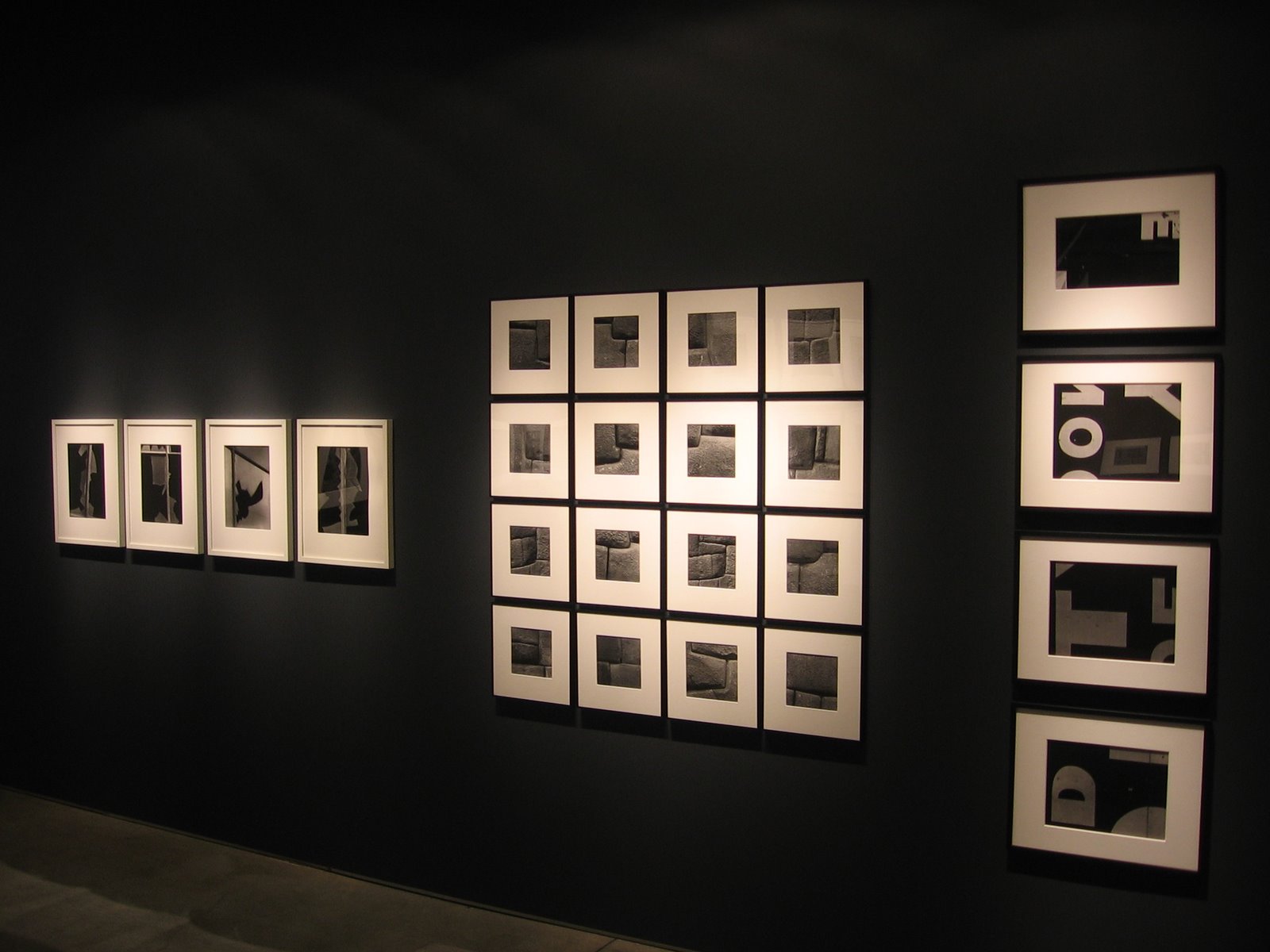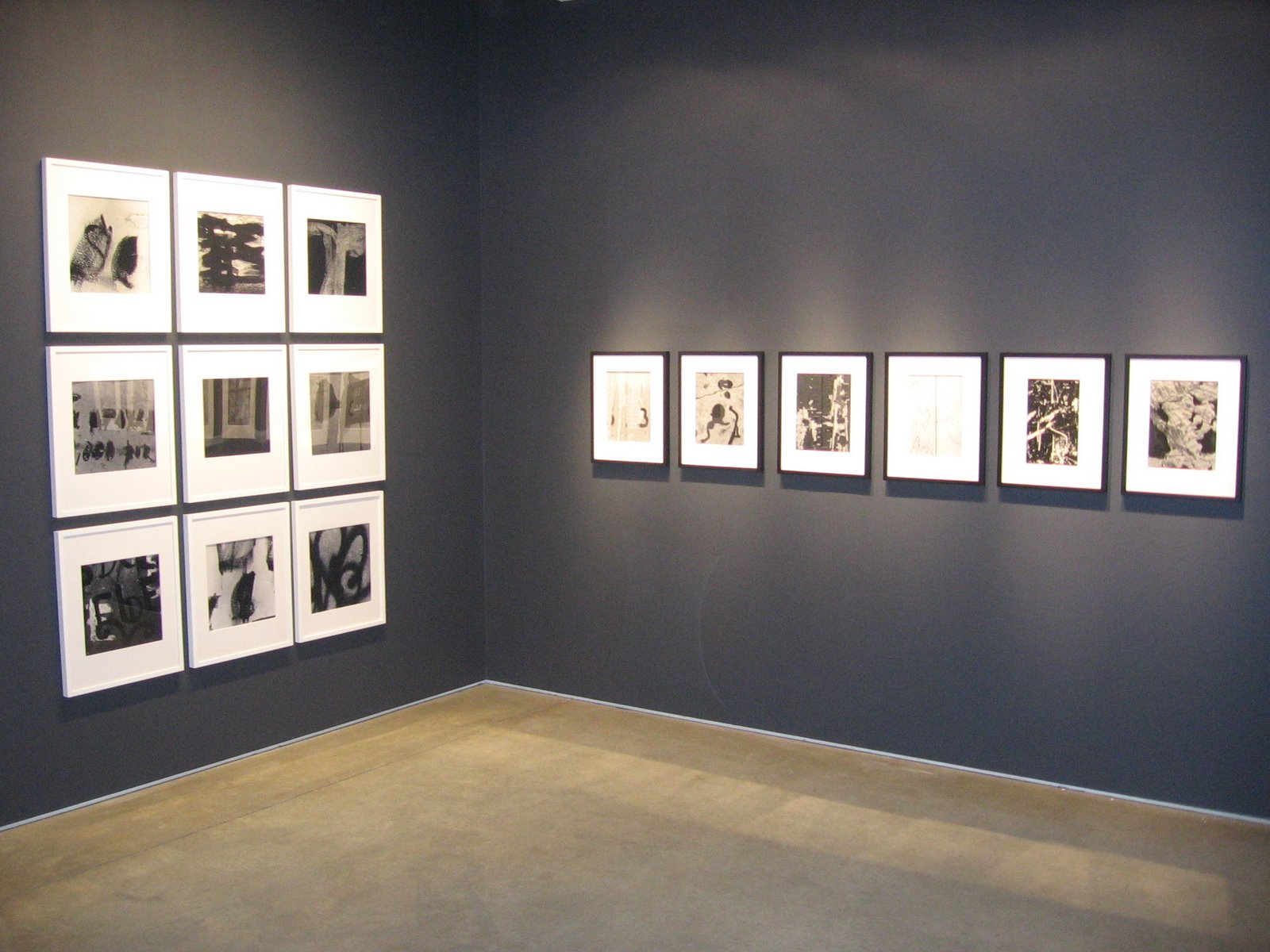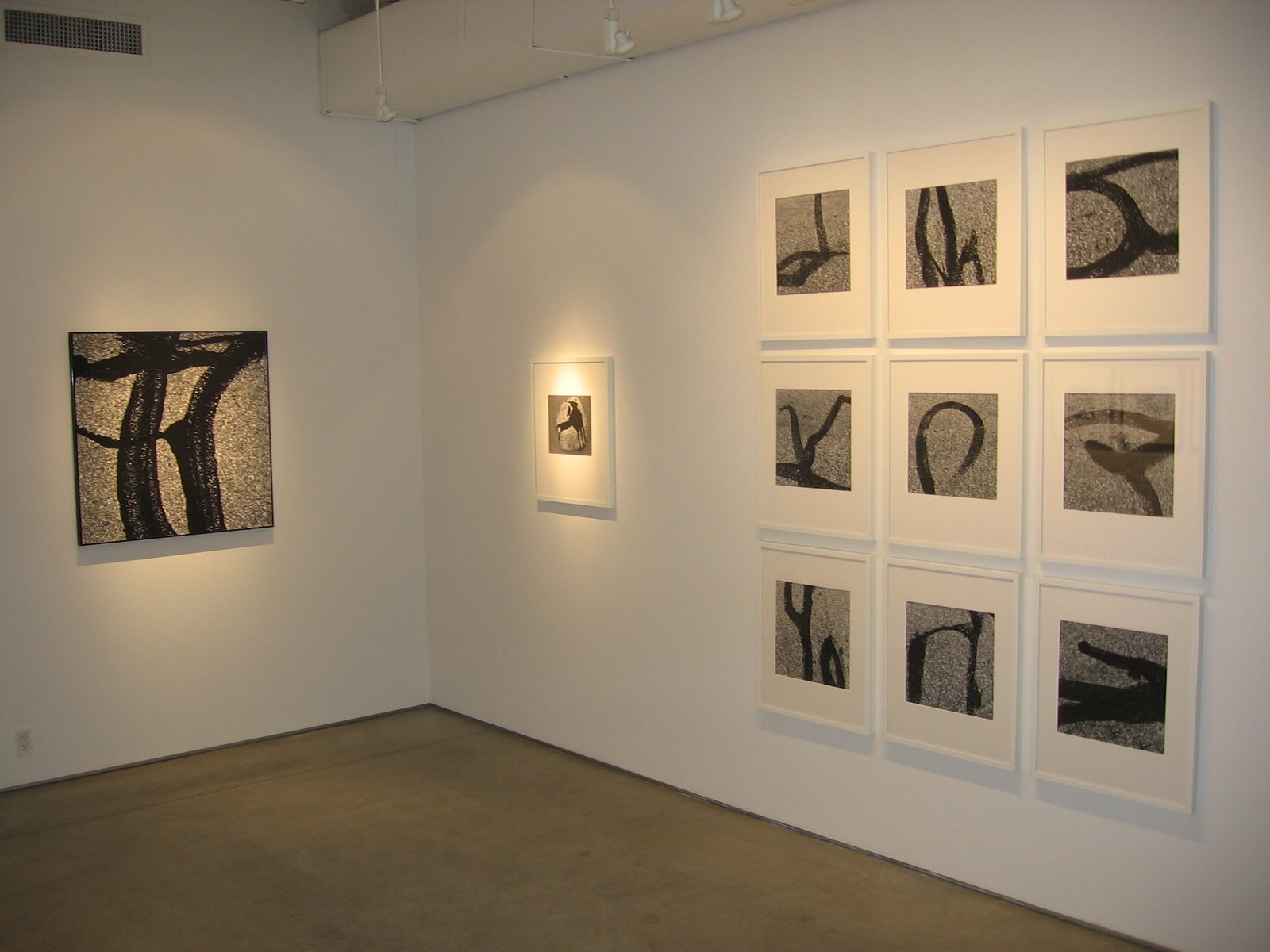Over the past few weeks, we have watched with much trepidation as the signs of imminent gallery failures have started to become more obvious, and the gawkers and nay sayers have begun the death watch with not so hidden glee. As long term collectors, we view ourselves as part of the photography world, tied to the rise and fall of the “industry” just as much as the gallery owners, private dealers, museum curators, and even the artists themselves. As we watch with dismay as our own budget shrinks and talk to gallery owners who are increasingly worried about the burden of their fixed overhead, how we together get out of this tightening trap becomes a more complicated puzzle for everyone up and down the food chain.
As we look ahead to collecting in 2009, we are starting to develop an approach to pursuing our passion in the midst of this collapse. Here are a few things that we are thinking and planning:
1.) There will be less great material at auction this year and prices will be meaningfully softer across the board.
Since we have been consignors to auctions from time to time in the past, we know that we would be very unlikely to consign our best pieces to auction in this environment, unless we were in such dire straits that we needed to liquidate the collection to raise cash quickly. As such, we don’t expect that we will see superlative pieces coming out of the woodwork much this year, even though our friends in the auction houses will surely be beating the bushes aggressively in search of great work (perhaps they will surprise us). We expect the catalogues to be quite a bit thinner, somewhat more selective (less chaff), and the estimates to be much more realistic (read lower).
As virtually all collectors have tightened their belts, there will be less total volume of buyers, and those buyers will have smaller comfort windows for any given photograph they might be pursuing. As a result, prices will likely be softer, as buyers will be less willing to fight those last few bids for pieces they’re interested in, especially for later prints in larger editions and lesser known artists. We’re going to do our best to resist the temptation to look for bargains, as we have learned the hard way that this approach often leads to owning pictures that lose the battle for wall space and find themselves in the print storage boxes. This is a perfect segue to the next point.
2.) There will be two primary strategies that will be favored by most collectors: flight to quality and focus on emerging artists.
No collectors that we know have any intention of completely stopping their collecting activities during these tougher economic times if they can help it. But everyone is dealing with increased scrutiny of each and every purchase. As such, we think there are two obvious paths forward: raise the quality bar much higher and only purchase those perfect gems that fit into the core of your collecting plan, or abandon higher end work altogether (for the moment) and focus your energy and budget on smaller works and emerging artists that are significantly more affordable, thereby stretching your limited dollars further. In either case, the thrill of the chase and the joy of looking at the images are still there, but the overall outlay is much lower. I can imagine we might end up doing a little of both.
3.) We’re going to buy more photo books.
We are clearly going to do some substitution this year, buying more books and fewer prints. Great photography books are a low cost way to enjoy a wide variety of artists and styles, without the spending required for a fine print. And there are literally hundreds of photographers who we would enjoy having in our library who would not meet the requirements of being in our print collection. It’s a little like living vicariously, but given the high quality of most photography books these days, it’s still living pretty well.
4.) Gallery owners and artists/estates will be in need of our support.
Nearly every gallery owner we have talked with in the past month is somewhere on the spectrum from unsettled and nervous to reeling and desperate. The fixed costs of the space, the exhibitions, the fairs, and the staff aren’t going away, but the sales have slowed to a trickle or a complete halt, often depending on what kind of artists and inventory they are carrying. Some galleries are lucky enough to have one or more bread and butter artists or estates that pay the rent month in and month out, so they can experiment with other artists on the margin. Others are not so fortunate.
Some of these gallery owners are resorting to the self inflicted wounds of deep discounting, after spending years establishing baseline prices for their artists. On one hand this makes sense, given a new pricing reality and the knowledge that the sale won’t happen unless the price is meaningfully lower. On the other hand, offering a collector a print for half of what you have spent the past five years telling him it is worth is a recipe for permanently broken trust. This is “a rock and a hard place” choice.
While this may sound counterintuitive, we think that now is the time to cement our relationships with the handful of galleries, dealers and artists that we really value on a going forward basis. These are the people we like, who have paid attention to us and treated us fairly over the years, and who offer the work that we find most appealing. In these tough times, we are going to make a more conscious effort to go to their shows, and to spend time looking at the work from the drawers and back rooms. The shows are free and the gallery staff has more time to spend sharing their knowledge with us. It’s a good time to ramp up our photography education.
And from time to time, we plan to dig into our jeans and buy something, both because we love it for our collection, but also because we want these folks to survive and thrive. Our dollars not only support the gallery, but trickle down to the living artist or estate, who sorely need the money in either case. This buying is not some wild consumerist delusion; it is just the opposite. It is a conscious and difficult choice to support the groups we value when it isn’t obvious, just like our support for our favorite non-profits and charities in these challenging times means even more to them than usual.
So in our view, we’re clearly heading into a tough stretch for the world of photography and we can expect more bad news in the days to come. But instead of watching the train wreck from the sidelines, we plan to roll up our sleeves and get involved in the solutions to the best of our abilities. Yes, it will be restrained, measured, careful, and in numerous ways, much less than before. But it is still our passion, and we don’t plan on giving up that passion any time soon.




